Best new architectural photography honored in 2025 Sony World Photography Awards OPEN competition
By Josh Niland|
Tuesday, Mar 11, 2025
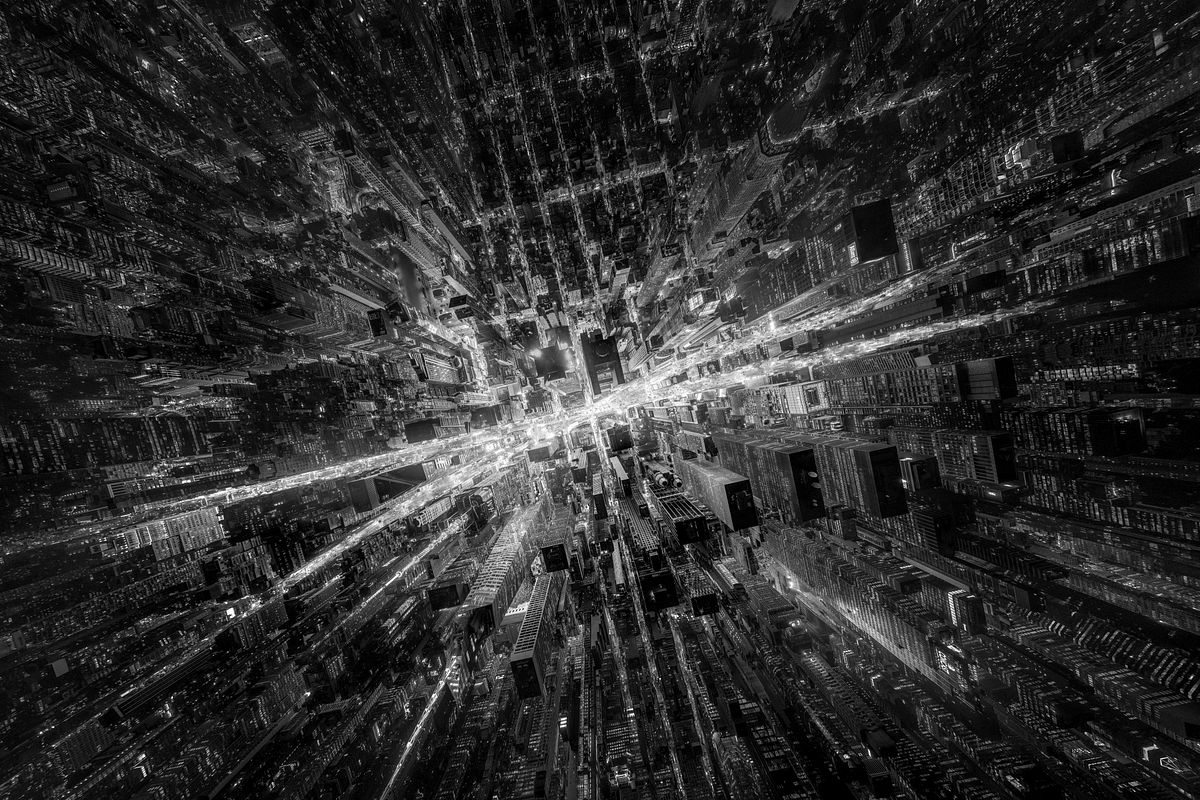
Related
Once again for the year 2025, the Sony World Photography Awards' selection of OPEN competition winners and shortlisted finalists have been announced, featuring a selection of outstanding amateur architectural photographers.
The announcement included Xuecheng Liu from China being named the outright winner of the Architecture category. Liu's photograph Centre of the Cosmos depicts Times Square from above using a very wide angle in a way that highlights the city as an expanse of energy.
Other shortlisted photographers also chose iconic buildings like the Zaha Hadid-designed Antwerp Port Authority or Yick Cheong Building (aka 'The Monster') in Hong Kong as their subjects. The annual PROFESSIONAL competition's Architecture & Design winners will be announced soon. The shortlisted photos from the 2025 OPEN competition Architecture category can be viewed below.
Open competition Architecture category winner 'Centre of the Cosmos' by Xuecheng Liu (China)
Description: "This super-wide aerial view of Times Square in New York City has a resolution of 400 million pixels and a viewing angle equivalent to a 5mm focal length on a full-frame camera."
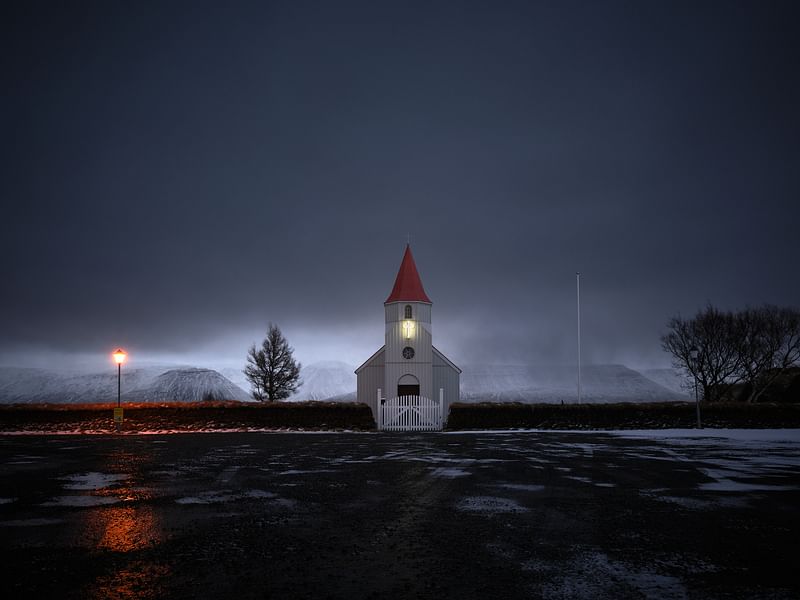
'Waking at the Church' by Radek Pohnán (Czech Republic)
Description: "Morning at a small church near Lake Mývatn. Photos from the Winter Iceland 2024 photo expedition series."

'The Guard' by Max van Son (Netherlands)
Description: "A section of the entrance hall of the Stedelijk Museum in Amsterdam, Netherlands. This image illustrates the harmonious interplay of lines, forms and light in relation to the large size of the monumental space illustrates the insignificance of the figure below."

'Colourful Doors' by Thibault Drutel (France)
Description: "The vibrant energy of an interior facade where geometry and vibrant colours mingle. Bathed in light, the doors create an orderly mosaic, while metallic lines and reflections add a touch of modernity to this minimalist celebration of urban architecture."
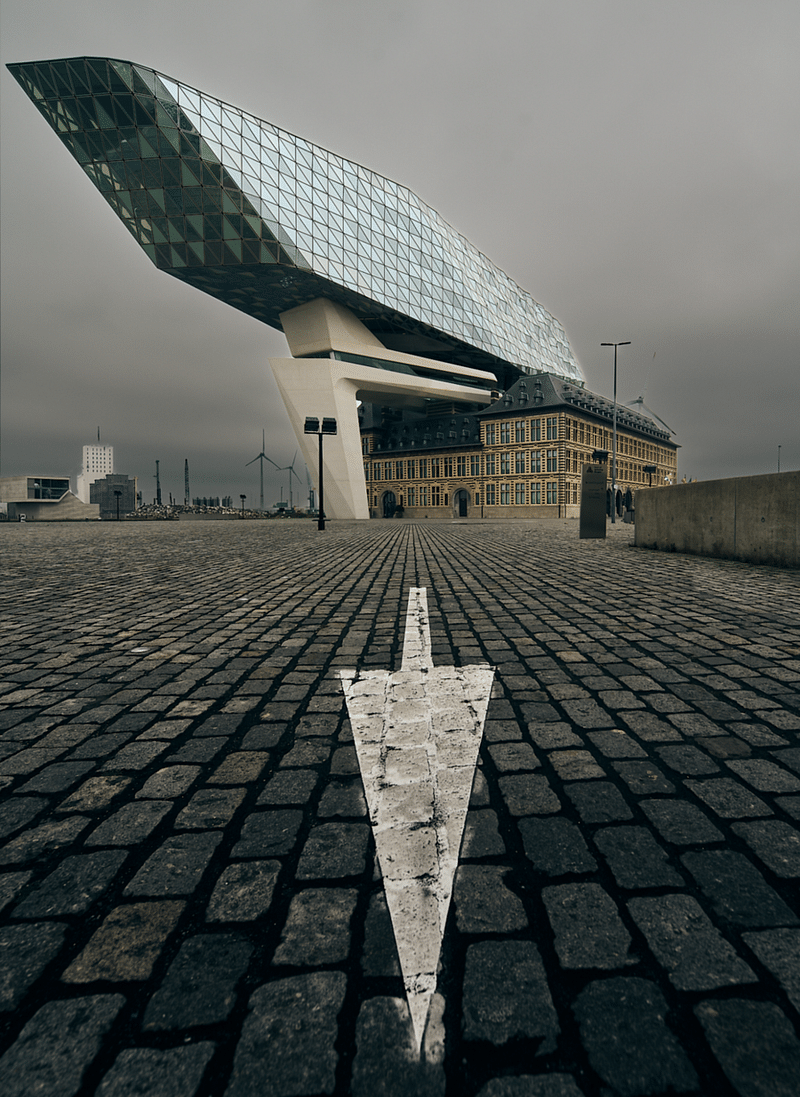
'The Antwerpen Port Authority' by Michael Echteld (Netherlands)
Description: "The Port Authority building in Antwerp, Belgium. The extension on top of the old building was designed by Zaha Hadid."

'Sky Reloaded' by Pati John (Netherlands)
Description: "Although the official capital of the Netherlands is Amsterdam, The Hague is the country’s administrative centre and seat of government, with modern structures that reach skywards in various shapes and forms. This image is an allegory that highlights the importance of the ministries that influence the daily lives of people in the Netherlands. Orange is the colour of the Dutch royal family – the House of Orange-Nassau – and has been considered the national colour of the country for hundreds of years."

'Moon Cabin' by David Eliud Gil Samaniego Maldonado (Mexico)
Description: "This image of a cabin in Iceland with the moon was taken at sunset using a 400mm lens."
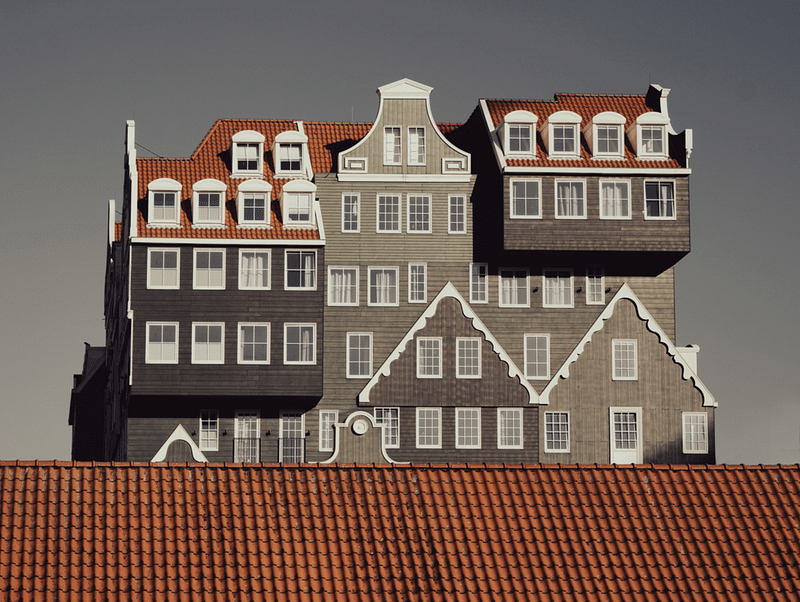
'Zaandam House' by Hans Wichmann (Germany)
Description: "In the early 2000s, the Dutch architect Sjoerd Soeters was brought in to create an urban development plan for the town of Zaandam, near Amsterdam in the Netherlands. Among his plans was the facade of this hotel, which is composed of stacked houses reminiscent of traditional 'Zaanse Huisjes.'"

'Public Library' by Ute-Christa Scherhag (Germany)
Description: "The city library in Stuttgart, Germany, is one of the most modern libraries in Europe. It was designed by the Korean architect Eun Young Yi and draws visitors from all over the world."
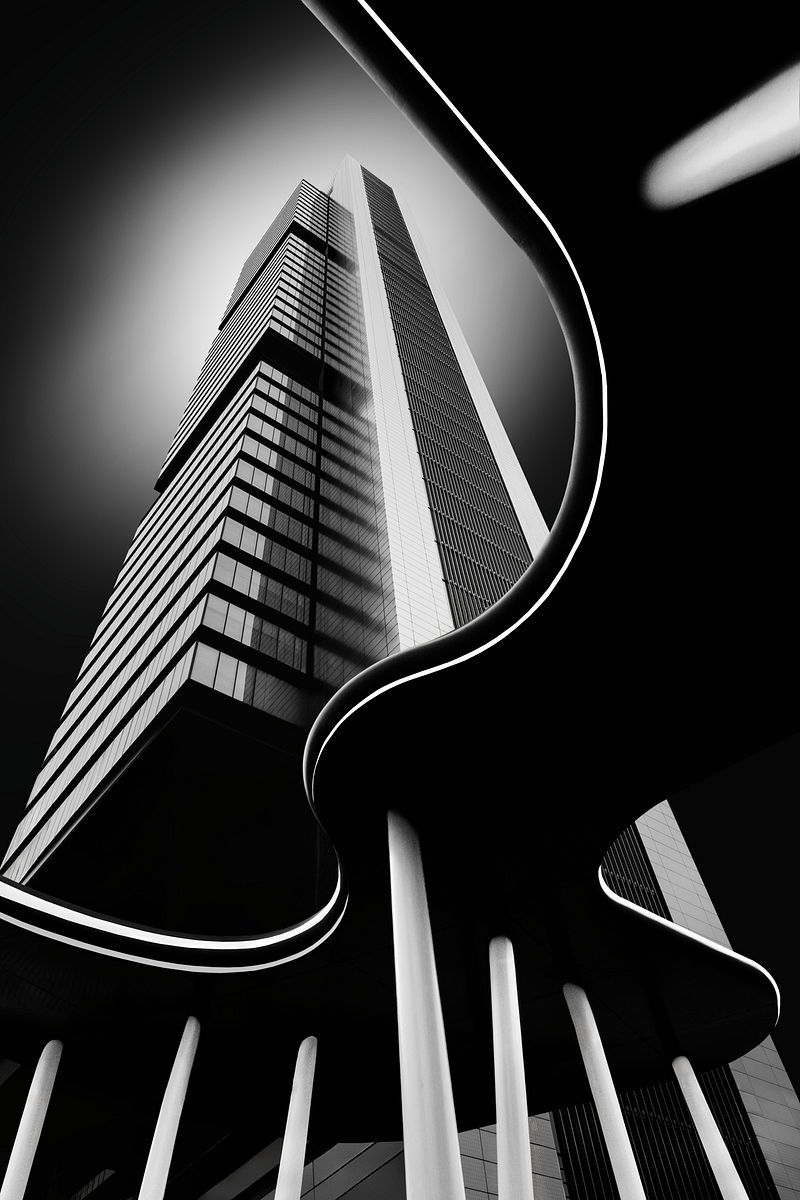
'Monochrome Majesty: Cuatro Torres Business Area' by Robert Fülöp (Romania)
Description: "This captivating black-and-white photograph showcases the iconic Cuatro Torres Business Area in Madrid. The monochrome treatment emphasises the towering skyscrapers’ sleek lines and architectural grandeur, evoking a sense of timeless elegance and urban sophistication that invites the viewer to marvel at the dynamic landscape of the bustling business district."
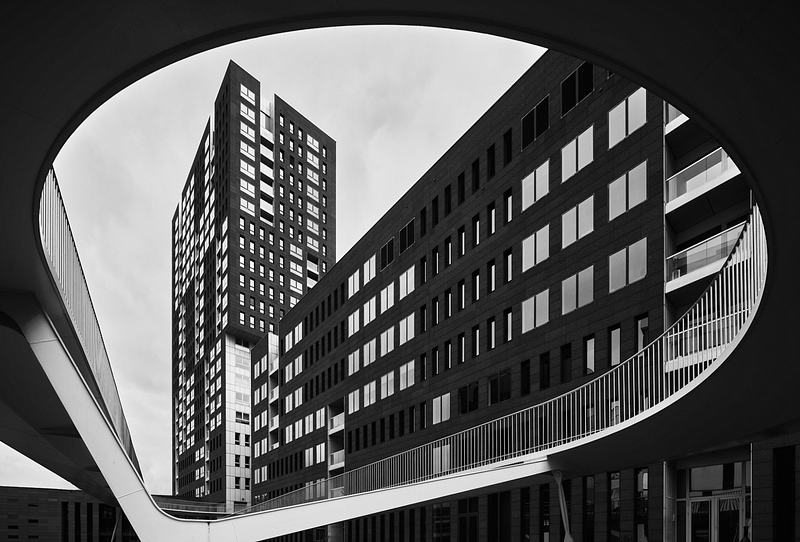
'De Witte Spiraal' by Michael Echteld (Netherlands)
Description: "This image was taken beneath ‘de witte spiraal’ (the white spiral) bicycle flyover in Antwerp, Belgium. The bridge was designed by Ney and partners."
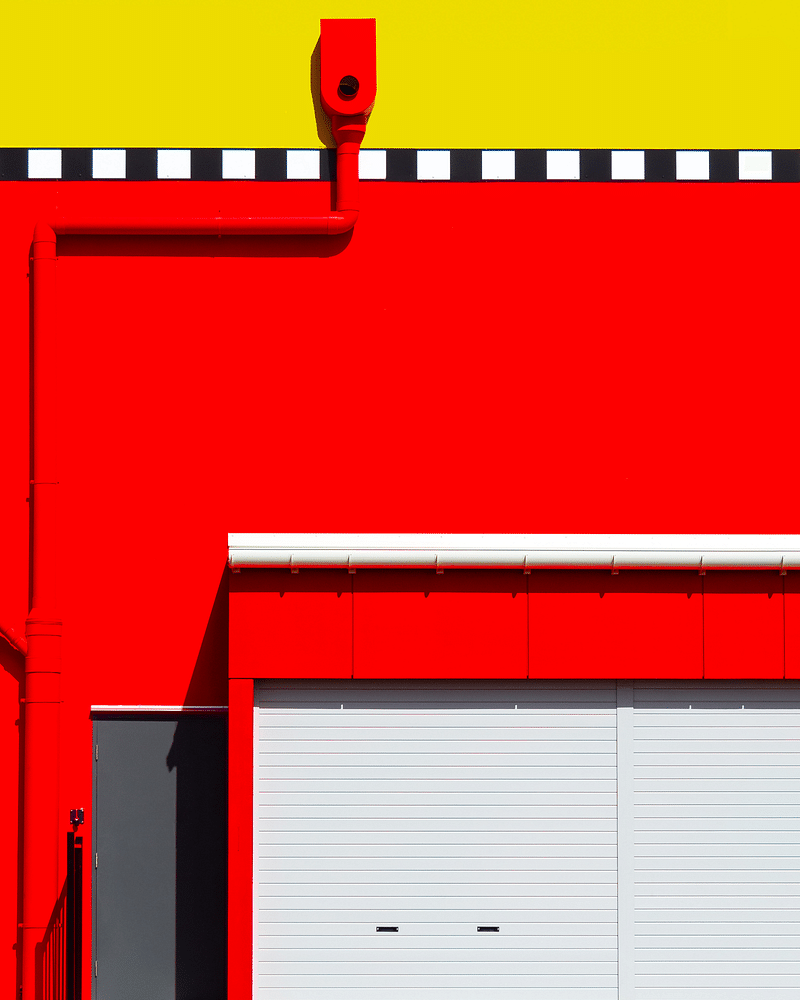
'Urbanscape' by Jason Smith (Australia)
Description: "This magical display of colour and geometry was found in an otherwise banal industrial environment in Australia, bringing the landscape to life."
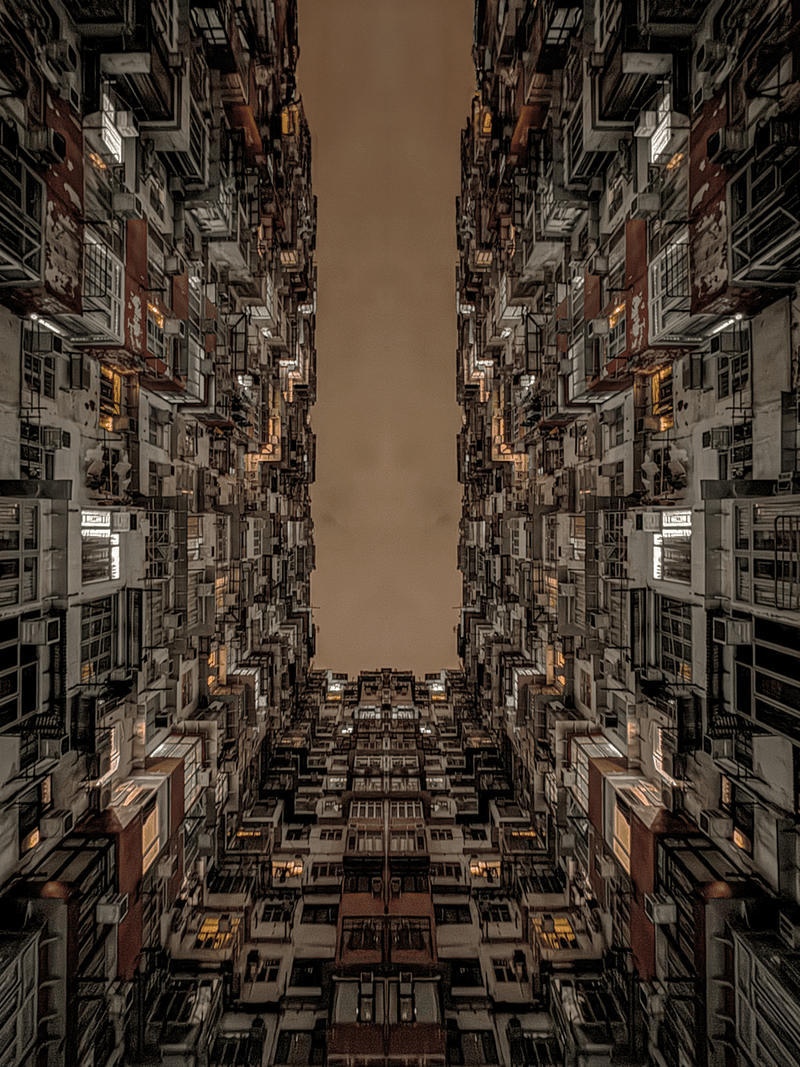
'The Monster' by Alessio D'Addato (Italy)
Description: "The Monster Building in Hong Kong, photographed on a night walk."

'Harnessing Power' by Andew Newman (United Kingdom)
Description: "Iceland’s uniquely active geology is especially suitable for harnessing geothermal energy, and this now produces more than one quarter of the country’s total electricity. The remoteness of some of the infrastructure lends itself to artistic compositions such as this one, where the external pipework creates an ideal ‘leading line’ to the industrial buildings in the background."

RELATED NEWS Take a look at the Architecture & Design finalists of the 2024 Sony World Photography Awards


Share
0 Comments
Comment as :